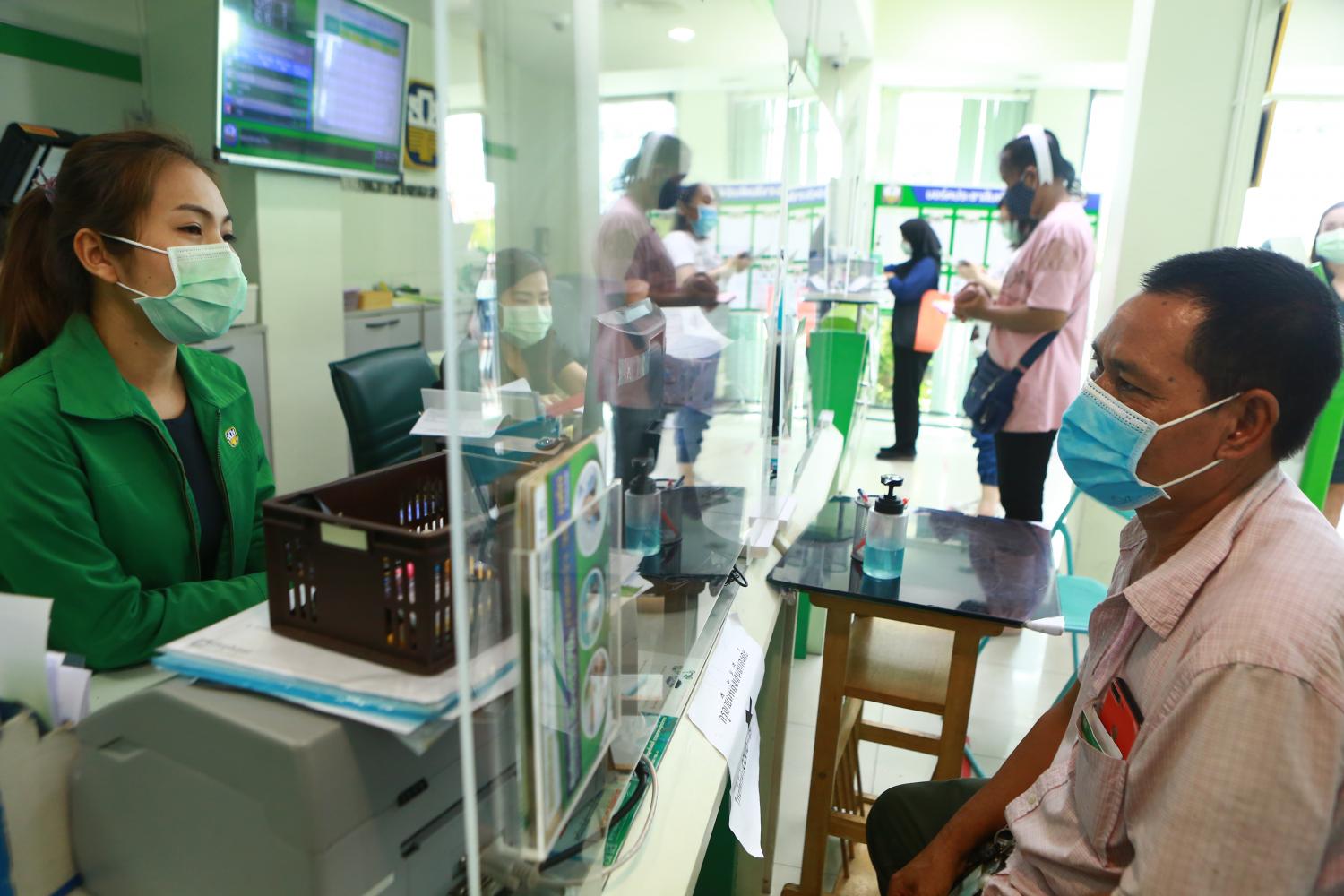
The Bank of Thailand (BoT) has discussed with relevant authorities to seek ways to lower the country's household debt, starting from co-operatives and student loans with a target to expand to cover farmer loans next year.
The country's household debt is made up of financial sources and loan sources, including those that are not under the BoT's supervision. As a result, the central bank needs cooperation from other authorities to reduce the country's household debt.
In the initial stage, the BoT intends to focus on government agencies-related household debt, starting from co-operatives and student loans, said the BoT's assistant governor, supervision group 2, Thanyanit Niyomkarn.
Mrs Thanyanit added that the central bank plans to discuss with the teacher co-operatives, police co-operatives, and the Student Loan Fund to identify debt solutions for borrowers. Moreover, the central bank will help design the debt repayment structure of these organisations in line with the income, debt burden, and other related factors of each borrower group.
For example, it needs to change the debt payment model of the Student Loan Fund from the existing annual debt payment to a monthly debt instalment to ease borrowers' debt burden, she said.
In addition, Mrs Thanyanit said the BoT plans to expand its collaboration with the Bank for Agriculture and Agricultural Cooperatives (BAAC) to reduce farmers' debt. Given the different borrower segments, risk profile, debt payment model of farmer loans that depend on the harvest season, the central bank needs more time to consider a farmer debt solution.
In the first quarter of this year, Thailand's household debt increased to 14.1 trillion baht or 90.5% of gross domestic product (GDP). Household debt was largely made up of commercial banks representing 43% of total debt, followed by specialised financial institutions at 29%, co-operatives at 15%, auto leasing companies at 6%, credit card and personal loans at 4% and others at 3%.
She said the BoT has implemented several debt relief and debt restructuring programmes to help retail and small and medium-sized enterprise (SME) borrowers who have suffered from the outbreak. The number of borrowers -- covering individuals, SMEs, and corporate companies -- who have joined the debt relief programme peaked at 7.19 million in July last year after the BoT launched the first phase of its debt assistance scheme in April of the same year.
A total of 7.19 million borrowers applied for the central bank's debt relief programme, of which around 4.06 million were retail borrowers and 2.25 million SME borrowers -- the two borrower segments representing the largest numbers of total borrowers. Meanwhile, participants of the debt aid programme have been declining since August last year and some of them could exit financial assistance and pay debt normally.
As of May 2021, the total number of borrowers applying for the debt assistance scheme was 4.9 million, accounting for a total credit line of 3.2 trillion baht. Of the total borrowers, 4.4 million were individual borrowers with a total credit line of 1.6 trillion baht, followed by around 500,000 SMEs with 1 trillion baht, and 2,060 corporate firms with 600 billion baht.
Besides debt restructuring measures, the central bank has also implemented other debt solutions including a debt mediation project. The project has received a good response from borrowers.
As of June this year, accumulated registrations for credit card and personal loans under the programme was 685,809 accounts, of which 216,227 have already started the debt negotiation process as part of this scheme while registration for automotive leasing loans was 17,642 accounts, of which 9,585 are in the debt negotiation process.